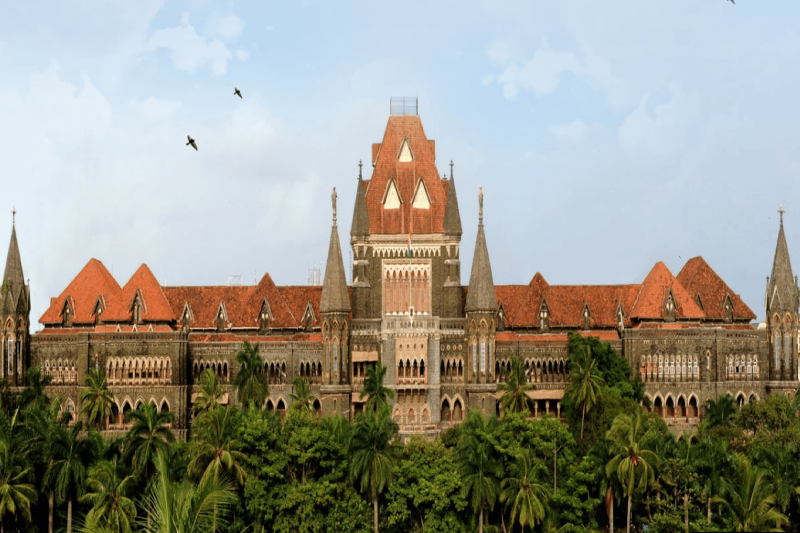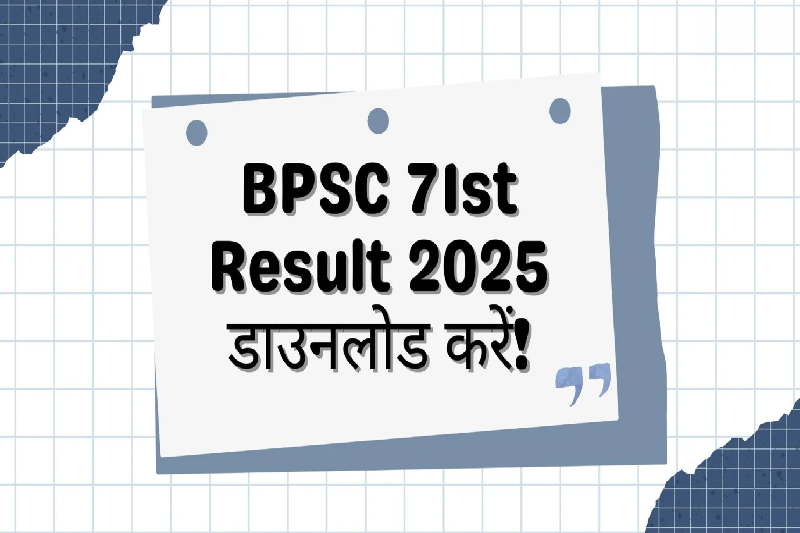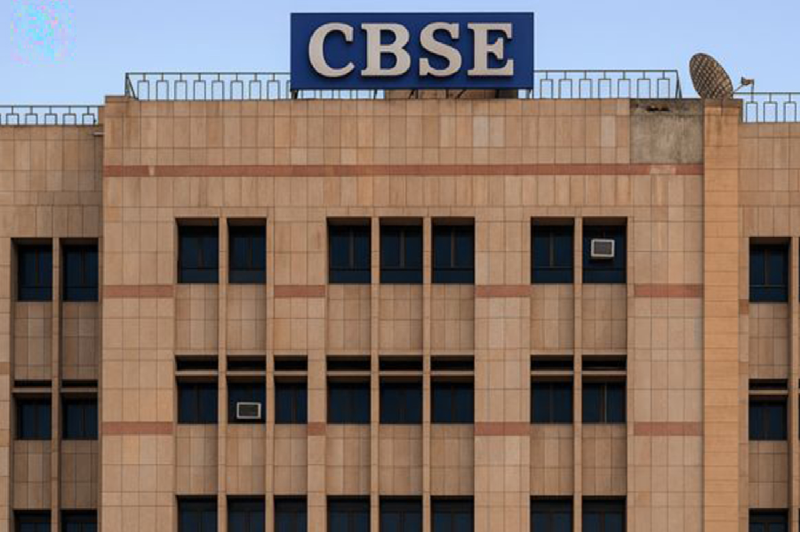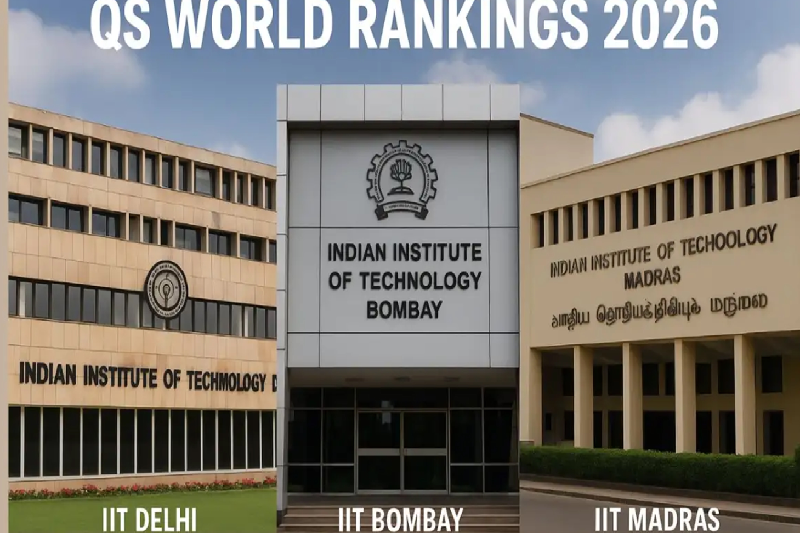
Maharashtra Schools Safety Data to Be Publicly Accessible by October 9, Bombay High Court Orders
The Bombay High Court has directed the Maharashtra government to make safety information of all schools in the state publicly accessible by October 9, 2025, following concerns raised after a serious incident of sexual assault on two minors in a Badlapur school in August 2024. Justices Revati Mohite Dere and Sandesh Patil, hearing the suo motu public interest litigation (PIL), emphasized the urgent need for transparency regarding school safety measures. The court’s intervention comes amid reports that many schools, particularly government institutions, have yet to comply with the May 13 government resolution (GR) on child safety and security.
Background: The PIL and GR on School Safety
The PIL was initiated in the wake of the Badlapur incident, where two students were sexually assaulted in a local school, raising concerns about the implementation of safety protocols across Maharashtra. On September 19, 2025, the High Court directed the state government to develop a centralized website listing all schools—including government, private, aided, unaided, as well as anganwadis, ashram shalas, and observation homes—that have implemented the safety measures mandated under the May 13 GR.
The GR outlined a comprehensive checklist for child safety, including:
- Installation of CCTV cameras in all schools and premises
- Provision of complaint boxes for students to report grievances
- Verification of staff character before employment
- Ensuring transportation safety, including driver and female attendant verification
Despite these instructions, the High Court noted that compliance remained patchy, particularly in government schools, with many institutions yet to install basic safety measures like CCTV cameras and complaint boxes.
Development of a Centralized Website
As prosecutor Prajakta Shinde informed us in response to the court's direction, the state education department established a dedicated website link on September 24, 2025informed by prosecutorcutor Prajakta Shinde. Following this, the government issued communications to all schools instructing them to upload information regarding their compliance with the GR checklist.
By the time of the hearing, around 40% of schools had uploaded their data to the portal. The remaining institutions were encouraged to continue updating the system, ensuring that every school’s compliance information would be available to the public.
Court Directives and Public Access
During the hearing, the judges queried whether the website provided immediate public access. Shinde responded that access would be granted once schools uploaded the required information. The judges, however, insisted that public access should be available within a week to ten days, emphasizing the importance of transparency and parental awareness.
Justice Mohite Dere stressed that the website should include provisions for schools to update compliance data continuously, allowing parents to monitor safety measures in real-time. The court highlighted that the website must provide a comprehensive checklist of all compliance measures, enabling stakeholders to verify whether schools adhere to GR mandates.
In the court order, Shinde assured that the data “will be made open to the public by October 9.” The judges further directed that they be shown the website's functioning before the next hearing scheduled for October 10, 2025, to ensure the system is effective, accessible, and user-friendly.
Importance of Public Access to Safety Data
The Bombay High Court’s order underscores the importance of transparency and accountability in school safety measures. By making safety compliance data publicly accessible, parents, guardians, and civil society organizations can actively monitor the effectiveness of safety protocols in schools across Maharashtra.
Public access serves multiple purposes:
- Parental Awareness: Parents can verify if schools have installed CCTV cameras, complaint boxes, and verified staff credentials, ensuring a safer environment for children.
- School Accountability: Schools are incentivized to comply with safety norms when their compliance status is publicly visible.
- Policy Monitoring: Education authorities and regulatory bodies can monitor adherence to child safety resolutions, identify gaps, and take corrective measures.
- Empowering Communities: Transparency ensures that communities are engaged in providing child safety and can hold institutions accountable.
Challenges and Implementation
While the initiative is a significant step forward, challenges remain in ensuring complete compliance. Many government schools have lagged in installing safety infrastructure, highlighting gaps in implementation and monitoring. The High Court has emphasized the need for continuous updates, allowing schools to revise and upload new data as they complete pending safety measures.
Furthermore, ensuring the website is user-friendly, searchable, and accessible to all parents and stakeholders will be key to its success. Effective training for school administrators and staff on how to upload accurate and timely data is essential for maintaining the portal's credibility.
Looking Ahead: A Safer Future for Students
The Bombay High Court's directive represents a landmark step towards safer schools in Maharashtra. By setting a public deadline of October 9, 2025, the judiciary has ensured urgency in implementing child safety measures and creating a transparent reporting mechanism.
Once fully operational, the website will serve as a one-stop resource for parents and guardians to check compliance, providing clarity on safety protocols across government, private, aided, unaided schools, and other institutions like anganwadis and ashram shalas.
The High Court’s focus on continuous public access and data updates ensures that schools remain accountable over time, not just at the point of compliance. This move is expected to instill greater confidence among parents and act as a deterrent against negligence in implementing safety measures.
By combining judicial oversight, government initiative, and community engagement, Maharashtra is set to become a model state for child safety in education. The successful implementation of this portal will also provide a blueprint for other states to follow, reinforcing the principle that every child has the right to a safe and secure learning environment.


